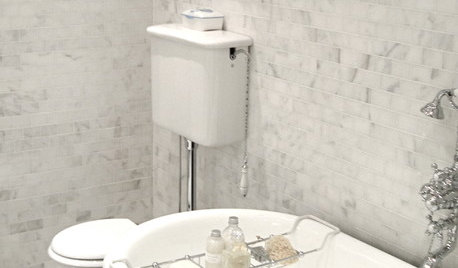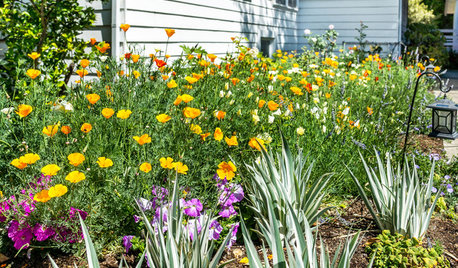tank or tankless hot water heater
kickball
14 years ago
Featured Answer
Sort by:Oldest
Comments (8)
energy_rater_la
14 years agoRelated Professionals
Dover Solar Energy Systems · Los Angeles Solar Energy Systems · Moreno Valley Solar Energy Systems · Wasco Solar Energy Systems · Swansea Solar Energy Systems · Carlsbad Home Automation & Home Media · Fort Lauderdale Home Automation & Home Media · Mount Lebanon Home Automation & Home Media · Novi Home Automation & Home Media · Ponte Vedra Beach Home Automation & Home Media · Saint Petersburg Home Automation & Home Media · St. Johns Home Automation & Home Media · Washington Home Automation & Home Media · Markham Electricians · Monroe Fireplaceszl700
14 years agochambery1
14 years agojake2007
14 years agozl700
14 years agozl700
14 years agojake2007
14 years ago
Related Stories

GREAT HOME PROJECTSHow to Switch to a Tankless Water Heater
New project for a new year: Swap your conventional heater for an energy-saving model — and don’t be fooled by misinformation
Full Story
GREAT HOME PROJECTSHow to Add a Solar Water Heater
Lower energy bills without a major renovation by putting the sun to work heating your home’s water
Full Story
VINTAGE STYLEVintage Style: High-Tank Toilets
Homeowners are adding the feeling of yesteryear in today’s bathrooms
Full Story
SAVING WATER11 Ways to Save Water at Home
Whether you live in a drought-stricken area or just want to help preserve a precious resource, here are things you can do to use less water
Full Story
GREEN BUILDINGWater Sense for Big Savings
Keep dollars in your pocket and preserve a precious resource with these easy DIY strategies
Full Story
GREEN BUILDINGHow to Harvest Rainwater for Your Garden
Conserve a vital resource and save money by collecting stormwater for irrigation in a barrel or tank
Full Story
BATHROOM DESIGNWater Damage Spawns a Space-Saving Bathroom Remodel
A game of inches saved this small New York City bathroom from becoming too cramped and limited
Full Story
GREEN DECORATINGEasy Green: Big and Small Ways to Be More Water-Wise at Home
These 20 tips can help us all make the best use of a precious resource. How do you save water in summer?
Full Story
HEALTHY HOMEHow to Choose a Home Water Filtering System
Learn which water purification method is best for your house, from pitchers to whole-house setups
Full Story
LANDSCAPE DESIGN10 Ideas for a Creative, Water-Conscious Yard
Check out these tips for a great-looking outdoor area that needs less water
Full StoryMore Discussions









jake2007